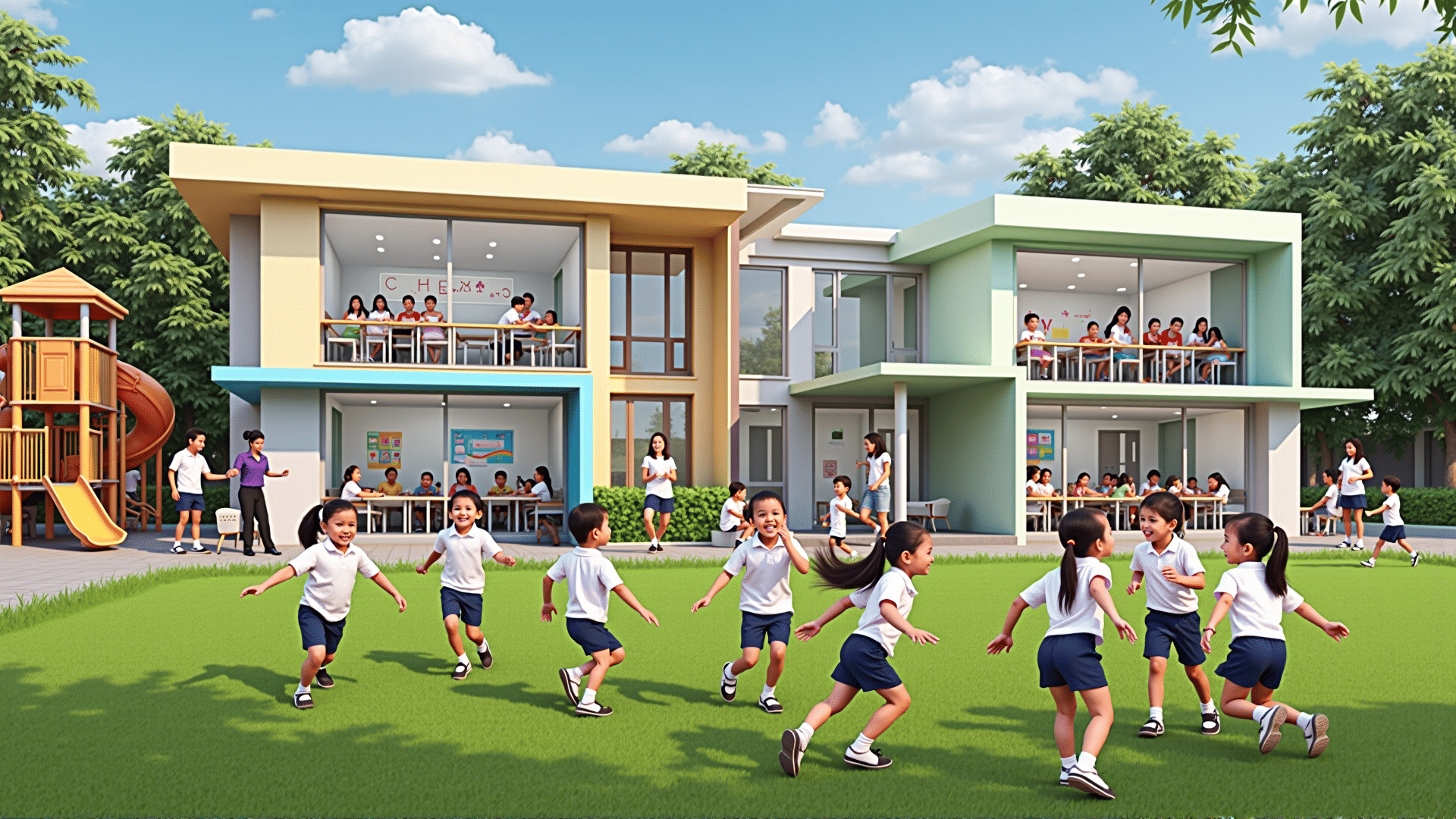Transforming education through improved infrastructure is a powerful driver of community development and cultural advancement. As educational facilities evolve, they provide not only academic opportunities but also serve as pivotal community hubs that foster growth and unity.
New educational environments are equipped with cutting-edge technology, facilitating interactive learning experiences that cater to varied learning styles. This adaptability enhances students' engagement and comprehension, setting the stage for a brighter future. Moreover, state-of-the-art facilities encourage teachers to employ innovative teaching methods, thereby invigorating their instructional approach and fostering a more dynamic classroom atmosphere.
Beyond academics, these institutions function as centers for communal interaction, hosting workshops, events, and gatherings that bring individuals together. This aspect is crucial for building strong social networks and cultivating a sense of belonging within communities. The ripple effect of this connectivity extends far beyond the classroom, strengthening ties among residents and encouraging collaborative efforts in community-building initiatives.
Furthermore, modern educational structures often prioritize sustainability and environmental consciousness. By integrating green technologies and promoting conservation practices, they serve as living examples of ecological responsibility. Students exposed to these principles are more likely to develop a lifelong commitment to environmental stewardship, contributing positively to global ecological efforts.
As these facilities continue to evolve, they pave the way for inclusivity and access. Efforts are made to accommodate learners with diverse needs, ensuring that education remains a universal right. By removing barriers and creating welcoming environments, these institutions inspire confidence and self-worth in all students, affirming the vital role of education in personal development.
In summary, the transformation of educational infrastructure significantly enhances the quality of learning and strengthens community bonds. By prioritizing innovation, sustainability, and inclusivity, these institutions are reshaping the educational landscape, promising a future where both individuals and communities thrive.
